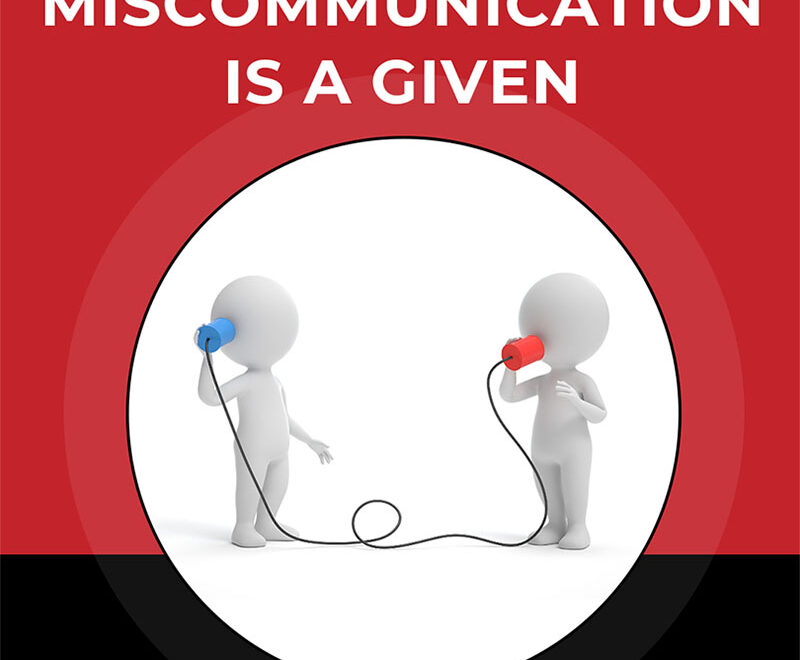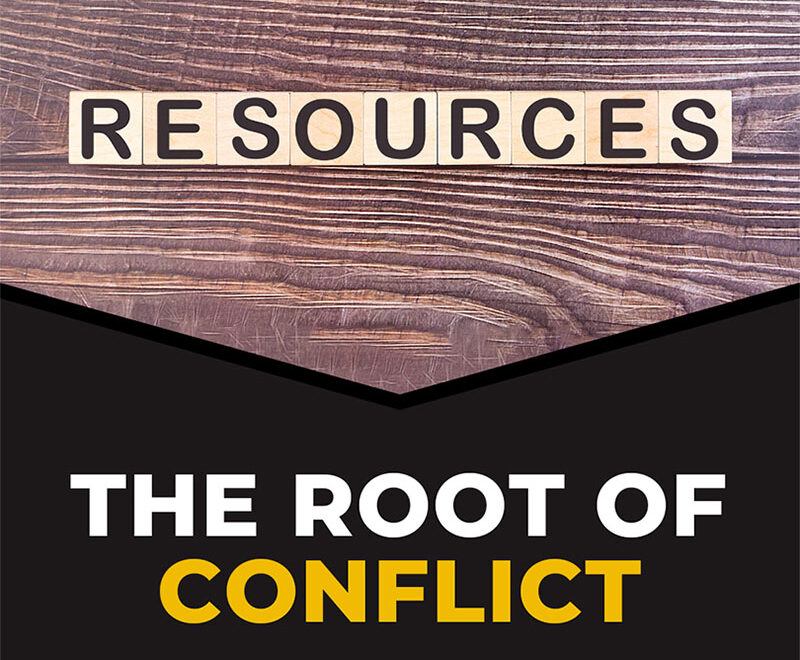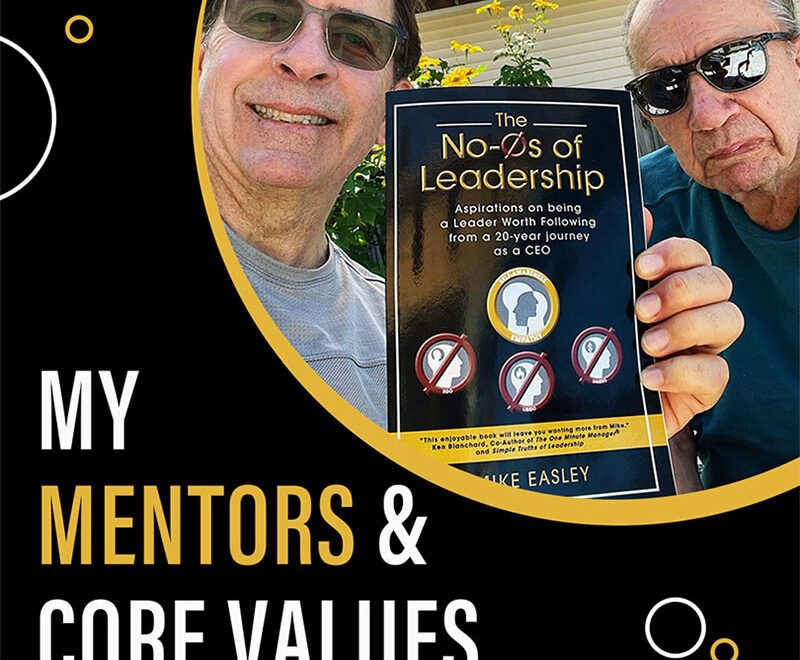The Million Dollar question: How does a successful leader manage various teams within their organization in a way that brings the very best out of each team, in addition to the best out of each individual within a team?
Two words that are a must to accomplish the above is to LET GO! Letting go doesn’t mean that you are passing the buck, or that you disconnect, but that you TRUST your people to take care of things. You are entrusting them to do what they say they will do and allowing them to do it without micro-managing their efforts.
Let’s say you are used to focusing on leading a single team. As you move to managing multiple teams, this becomes a much bigger challenge as it takes you out of the comfortable, hands-on approach to problem solving that is customary when leading a handful of members. When you step up to the next level of leadership, managing multiple teams, you’ll experience different dynamics that require a different approach.
For a moment, imagine you’re in a car with four people, and all of a sudden you open the door, push the person who’s behind the wheel out into the street and start driving. If you do that, everyone else in that car is going to start freaking out, right?!! Well, it’s the same when you’re moving from leading one team to leading multiple teams at an organizational level. You have to be comfortable with allowing someone else to be at the wheel. Or, in this case, turning over control to your teams.
Coaching and guiding from the sidelines is the key to leading multiple, successful teams. They might have problems from time to time but you have to resist the urge to jump in and tell them how to fix something. You still need to be there for support, primarily by asking questions to help them to clarify their thinking. But the key with delegating at this level is to keep some distance, so you’re not involved in solving the day-to-day problems.
Your organization has skilled people who have been placed on specific teams to mesh their talents. Trusting them to get the job done in the way they deem most appropriate is the best form of delegation.







